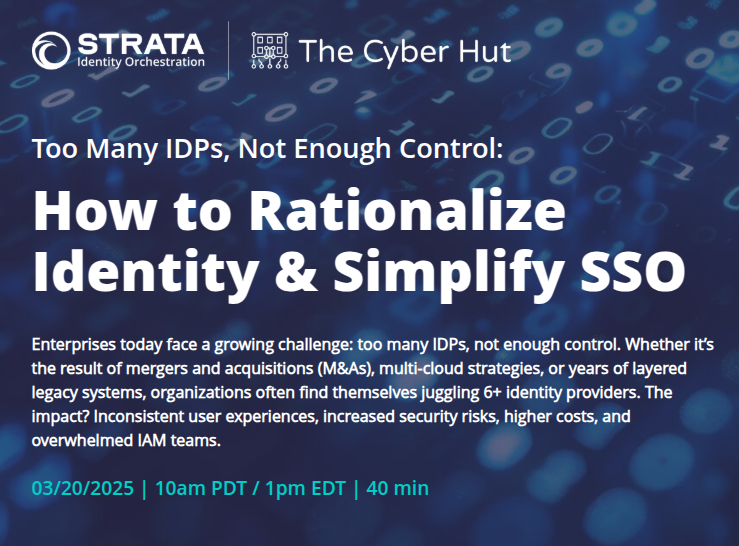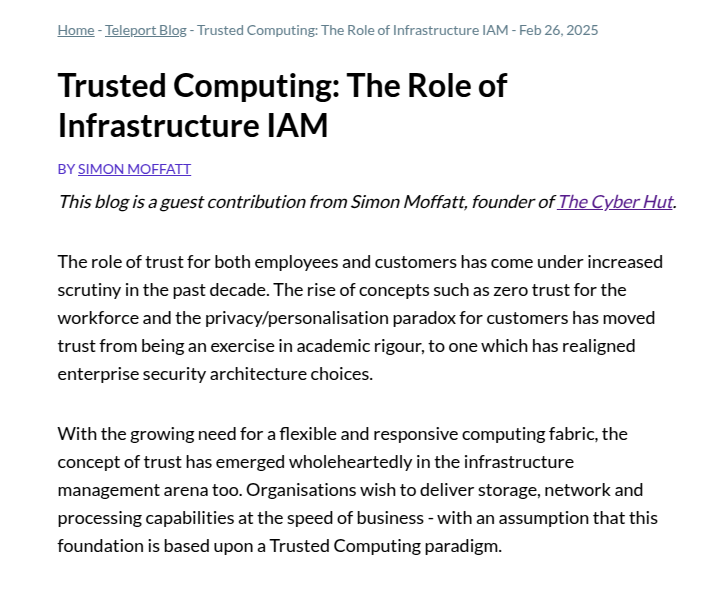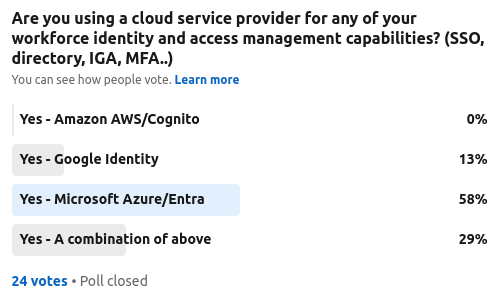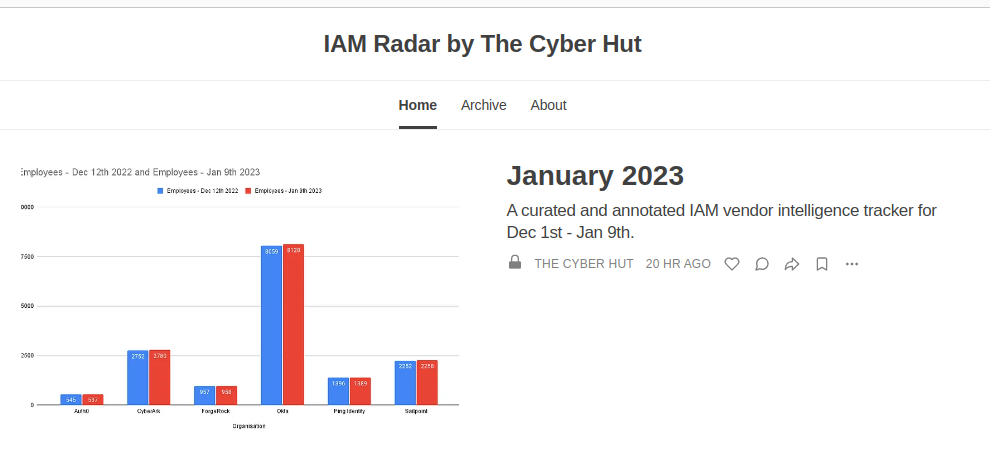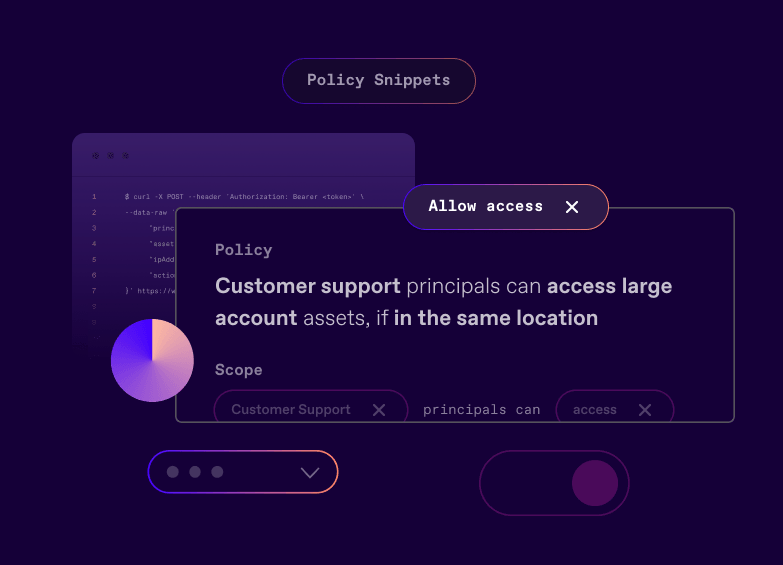This week I wrote a guest article for Breez Security discussing the need for and evolution […]
Join us later in March for our next industry webinar we’ll be discussing the rise of […]
Trust is an omnipresent concept in the B2E, B2C and non-human identity worlds – where the […]
Join us for our first industry webinar of 2025: Beyond the Perimeter: Addressing Blind Spots in Identity Security for 2025.
Our founder Simon Moffatt will be in conversation with Silverfort CEO Hed Kovetz, where they'll be chatting about the rise and need for identity security - what it is, how it works and how to get there.
Join our founder Simon Moffatt in our next industry webinar, where he will be in conversation with cloud identity governance and administration provider Omada on the concept of cloud IGA.
Identity Governance and Administration is now entering a new age – where the IGA problem statement has evolved, the opportunity to innovate and improve productivity are all around, yet many organizations are struggling with fragile and static on-premises IGA technologies built for yesterday’s problems.
Machines are eating the world. Or is it software? No wait, it's AI. In someways, it will likely be none, neither or all. I don't think any will make us all extinct, yet automation, the use of machines and services (powered by clever software) will certainly be doing more for us as humans than ever before - as employees, customers and citizens.
In light of the recent integration of ForgeRock into Ping Identity, The Cyber Hut has received numerous inquiry calls regarding potential integrations, feature overlap, next steps and existing deployment advice. To that end, we're making available a basic feature comparison matrix that highlights the basic capabilities each vendor as in each of the main identity areas of B2E and B2C. This matrix was compiled using publicly available references with peer review by those who have implemented ForgeRock or Ping technologies in the last 3 years.
A review of the recent re-brand of Microsoft Entra for their IAM capabilities and the results of two community polls relating to Microsoft adoption.
Today I'm proud to announce the launch of The Cyber Hut's IAM Radar: a subscription based curated vendor intelligence report. Released monthly, the report tracks the top 6 vendors in the global identity and access management space, providing insight, impartial comment and analysis to empower those within industry, consultancy, vendor and investment communities.
An introduction to just in time, next generation authorization vendor sgnl.ai


